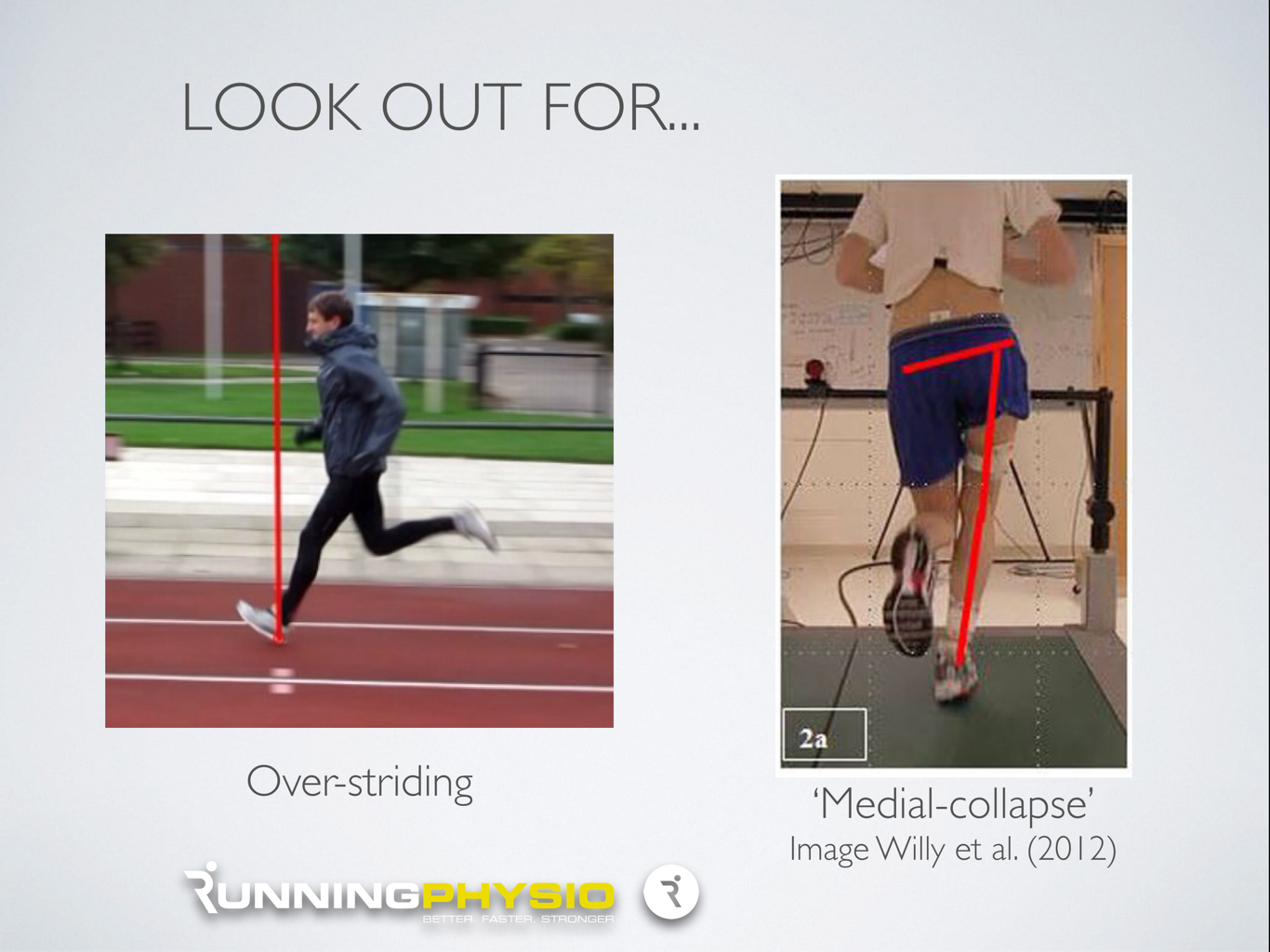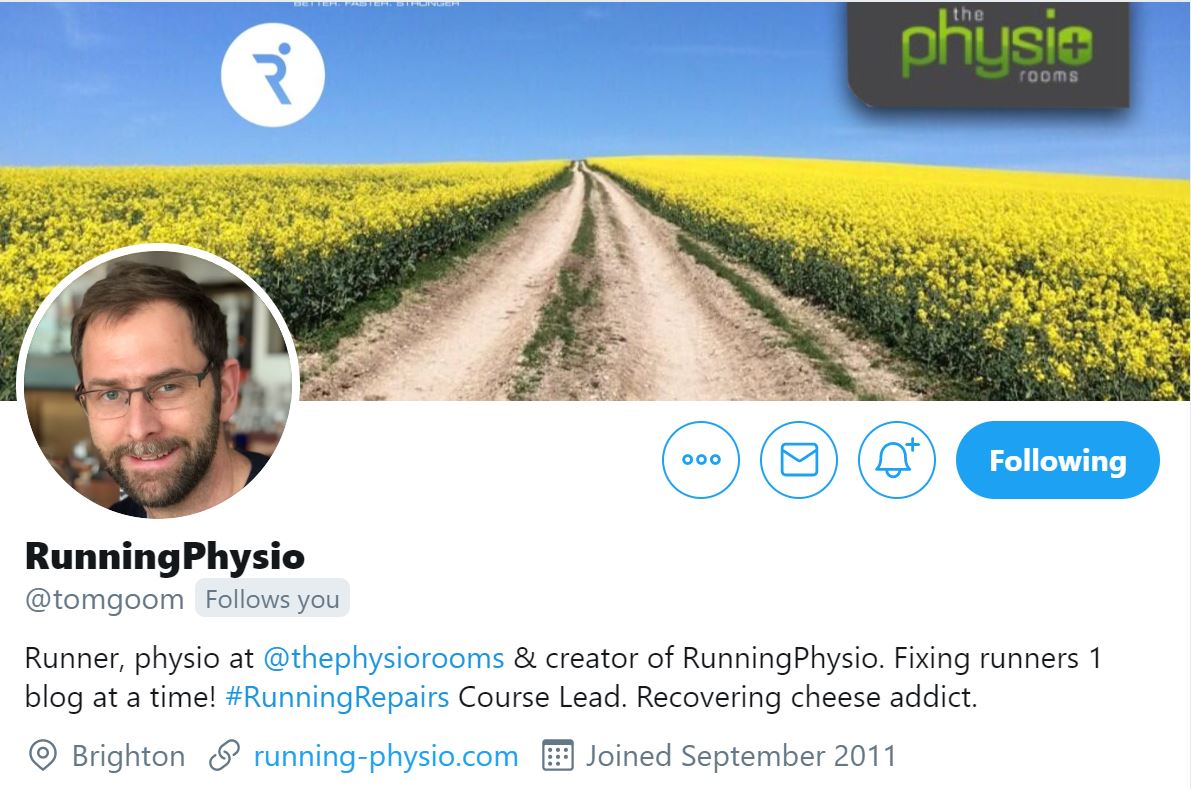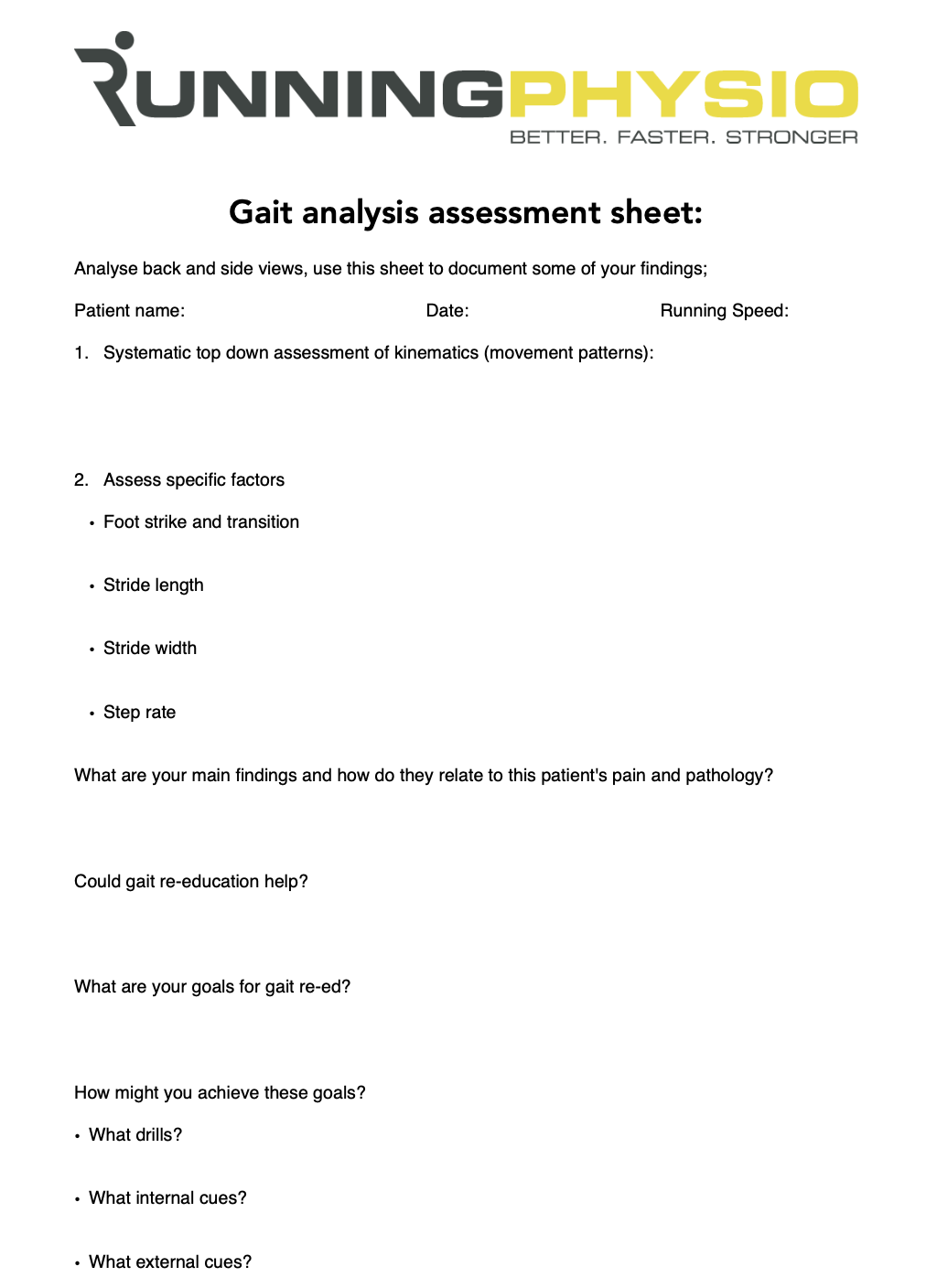What are the keys to good running form? Is there a magical number for step rate? Should we all be changing the way we run?
On this week’s podcast, Tom Goom joins us to chat about gait retraining and its role in helping injured runners. Known to many in the SEM community as the ‘Running Physio’, Tom is a physiotherapist with over 15 years of clinical experience who specialises in running injuries.
Based in Brighton, England, Tom is the Clinical Lead at The Physio Rooms. He has previously worked in semi-professional sport, lower-limb and spinal rehab, and has run chronic pain programmes. In 2012, Tom started his website RunningPhysio to share his knowledge and offer free advice to clinicians and runners on injury prevention and treatment. With a growing global audience, Tom’s site has now amassed over 5 million page views!
Tom also regularly teaches other clinicians around the world how to manage running injury through his very popular Running Repairs Course. His specialist areas of interest include running gait analysis and managing tendinopathy.
In this 20-minute podcast, Tom discusses:
- The controversy surrounding gait retraining
- Who benefits from gait retraining
- The rationale behind gait retraining
- How to assess the injured runner
- The keys to good running form
- His comprehensive gait retraining management plan
To find out more about Tom, check out:
Website http://www.running-physio.com/
Twitter @TomGoom
Facebook https://www.facebook.com/RunningPhysio/
Instagram https://www.instagram.com/running.physio/?hl=en
Running Repairs Course https://www.running-physio.com/running-repairs-course/?helm_rd=1
Further Reading
Gait analysis: a Sports Physiotherapist’s overview of strengths, limitations, and tips https://blogs.bmj.com/bjsm/2015/04/28/gait-analysis-a-sports-physiotherapists-overview-of-strengths-limitations-and-tips/
Can running gait retraining for injury also help efficiency? https://www.running-physio.com/step-rate-up/
Bramah C, Preece SJ, Gill N, Herrington, L. (2019). A 10% Increase in Step Rate Improves Running Kinematics and Clinical Outcomes in Runners With Patellofemoral Pain at 4 Weeks and 3 Months. The American Journal of Sports Medicine. https://journals.sagepub.com/doi/full/10.1177/0363546519879693
Bramah C, Preece SJ, Gill N, Herrington L. Is there a pathological gait associated with common soft tissue running injuries?. The American journal of sports medicine. 2018 Oct;46(12):3023-31. https://journals.sagepub.com/doi/full/10.1177/0363546518793657
Davis I. Optimising the efficacy of gait retraining. BJSM 2018;52:624-625. https://bjsm.bmj.com/content/52/10/624
Noehren B, Scholz J, Davis I. The effect of real-time gait retraining on hip kinematics, pain and function in subjects with patellofemoral pain syndrome. BJSM 2011;45:691-696. https://bjsm.bmj.com/content/45/9/691
Esculier J, Bouyer LJ, Dubois B, et al. Is combining gait retraining or an exercise programme with education better than education alone in treating runners with patellofemoral pain? A randomised clinical trial. BJSM 2018;52:659-666. https://bjsm.bmj.com/content/52/10/659
Napier C, Cochrane CK, Taunton JE, et al. Gait modifications to change lower extremity gait biomechanics in runners: a systematic review. BJSM 2015;49:1382-1388. https://bjsm.bmj.com/content/49/21/1382
Download: Gait analysis assessment sheet


